Ba da da da dum (bum, bum – bum, bum):
In case you didn’t get the onomatopoeia, that’s the blue, or grayish-blue, Danube. It begins at Donaueschingen (“fount of the Danube”) in Germany, and, unusually for a European river (they mostly flow north or south), flows eastward into the Black Sea. In the 1770s, ur-musicologist Charles Burney sailed down it to document musical activity in eastern Europe. Me, I’m currently lecturing at the University of the Arts of Belgrade. Half of the students I’ve met are doing projects in American music (Gershwin, Weill, Glass), and I have to assume with them a more detailed level of knowledge than I do with my American students. On the left, in front of her school, is my sponsor, Professor Dragana Stojanovic-Novicic, a Nancarrow/Ligeti/Carter expert:
The school is across the street from this park:
Beograd means “white city,” and there must be some kind of zoning laws to keep it that way:
The National Museum is on the left here, the National Theater on the right, and a statue of 19th-century Serbian Prince Mihailo Obrenovic:
There’s a wonderful fortress and park where the Sava and Danube rivers flow together. Because of its strategic position, the city of Belgrade has been involved in 115 wars over the centuries, and razed to the ground 44 times, which explains to me why the drivers (I’ve been driving here) are so nervous and aggressive:
I love the way Serbians transliterate foreign names into their own language as we used to do, so that tabloids write about Dzordz Kluni (George Clooney), Sandre Bulok, and Meril Strip. (Mine would be Kajl Gen.) And it extends to scholarly publications about rock stars as well, as one can see in this biography of – can you guess the singer (name at the bottom, Dz being their letter for “J”)?:
The paprika-packed Serbian meatballs are to die for. I’ve learned to say “Zelio bih casu viskija sa ledom, molim?” (“Can I get a whiskey on the rocks, please?”), and aside from that and a couple of legal Cuban cigars, what else do I need?

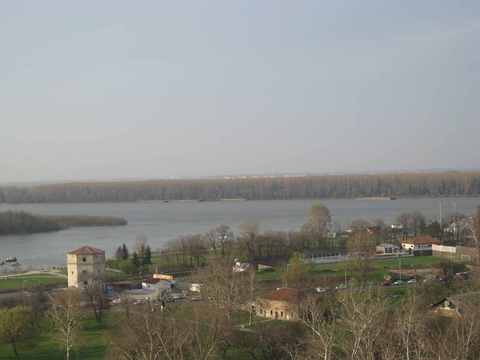
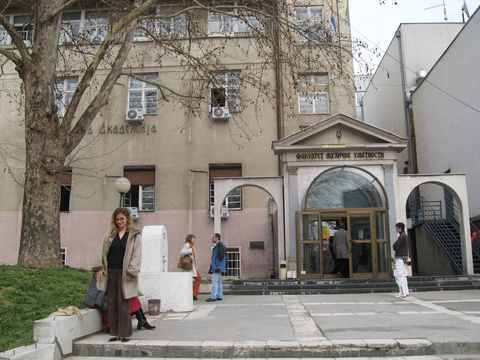
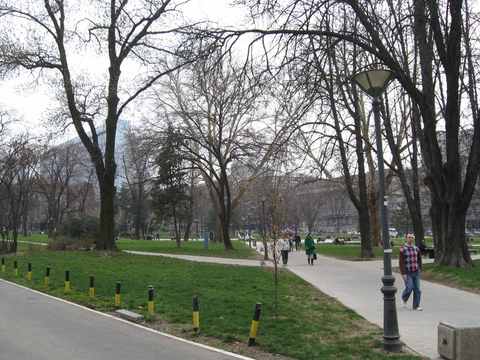
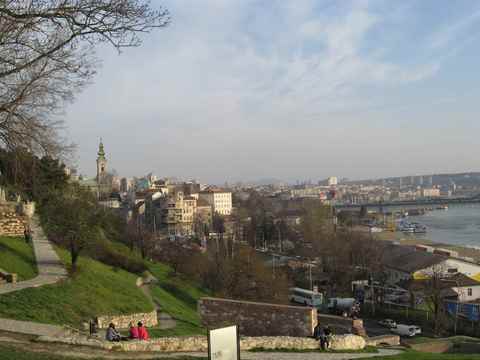
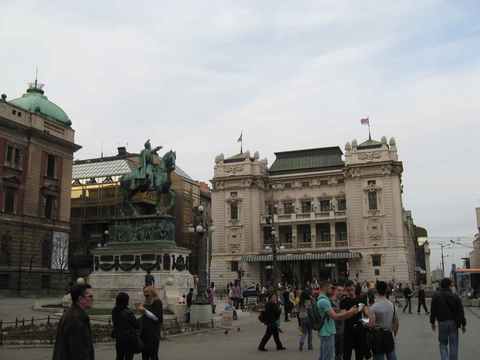
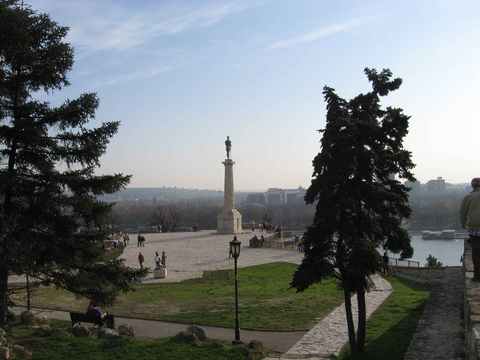
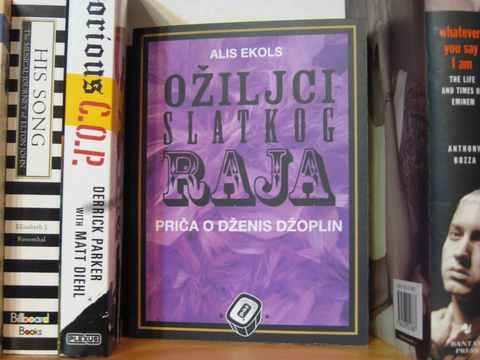 \
\